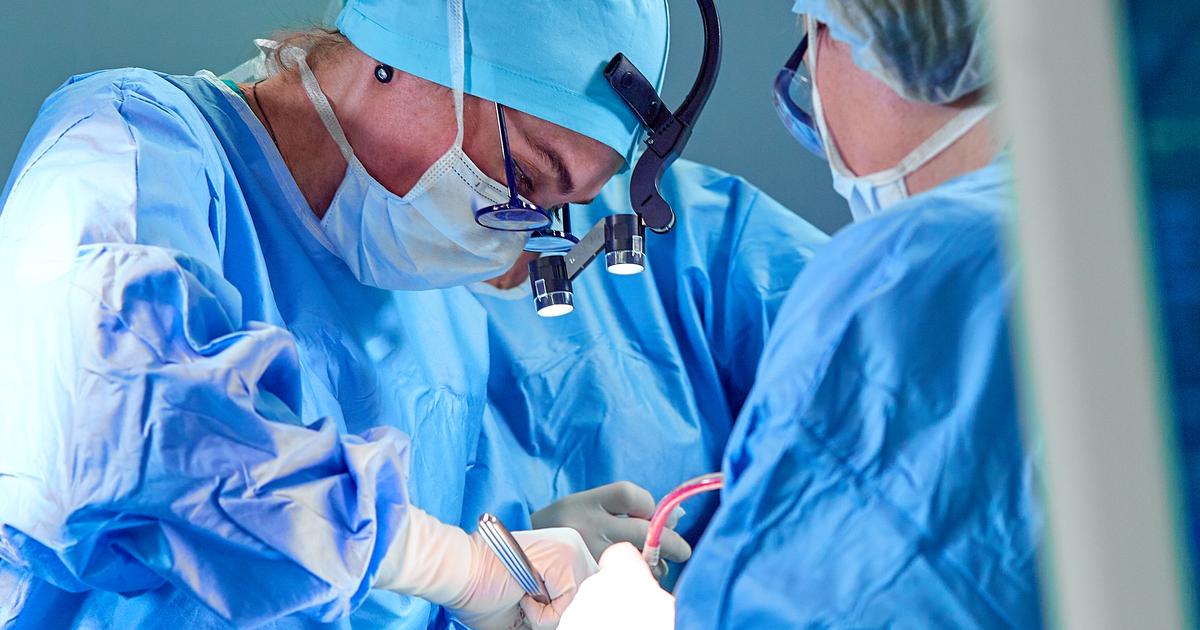How To Treat Ovarian Cancer
When an individual develops malignancy in one of the small organs that produce eggs or the ovaries, it is referred to as ovarian cancer. Early ovarian cancer usually does not produce symptoms in an individual, but when symptoms do manifest, they include abdominal swelling, abdominal bloating, feeling full quickly, unintentional weight loss, pelvic discomfort, bowel habit changes, and frequent urination. The exact causes of ovarian cancer are not clear, but factors that increase an individual's risk of developing ovarian cancer include older age, inherited gene mutations, family history of ovarian cancer, age at the start of menstruation, and age at the end of menstruation. Diagnosis of ovarian cancer is made with the use of a pelvic exam, CT scans, pelvic ultrasound, blood tests, and surgical ovarian biopsy.
There are several methods available to treat an individual's ovarian cancer.
Chemotherapy

An individual affected by ovarian cancer may need to undergo chemotherapy as part of their treatment plan. The first line of treatment for ovarian cancer is usually surgical excision of as many cancerous cells as possible. However, the cancer cells spread and start to hide throughout the abdomen in most cases, so another method of elimination is needed following excision surgery. Chemotherapy is a treatment method that utilizes one or more drugs that kill off cancerous cells in the body. The standard mixture of chemotherapy drugs used in the treatment of ovarian cancer is cisplatin or carboplatin combined with docetaxel or paclitaxel. Chemotherapy is administered intravenously through a vein into the bloodstream, or it is administered directly into the abdominal cavity with a catheter. When chemotherapy drugs are directly administered into the abdominal cavity, it is referred to as intraperitoneal chemotherapy. In some individuals who have ovarian cancer, chemotherapy is administered intravenously and directly into the abdomen.
Uncover more treatments for ovarian cancer now.
Oophorectomy

An oophorectomy may be necessary for the successful treatment of ovarian cancer. Oophorectomy is a surgical procedure utilized to remove a single or both of a woman's ovaries. A woman affected by an early stage of ovarian cancer in one of her ovaries may only need to undergo a unilateral oophorectomy, where just one ovary is excised. Bilateral oophorectomy is a surgical procedure where both ovaries are removed. Salpingo-oophorectomy is a surgical procedure where the ovary or ovaries are removed along with the fallopian tube or tubes. Oophorectomy is a surgical procedure usually done in women who have ovarian cancer who want to preserve their uterus and the opposite ovary so they may still be able to bear children one day. An oophorectomy may be combined with other surgical procedures to remove more reproductive and pelvic organs in a woman affected by advanced ovarian cancer.
Keep reading to learn more about treating ovarian cancer now.
